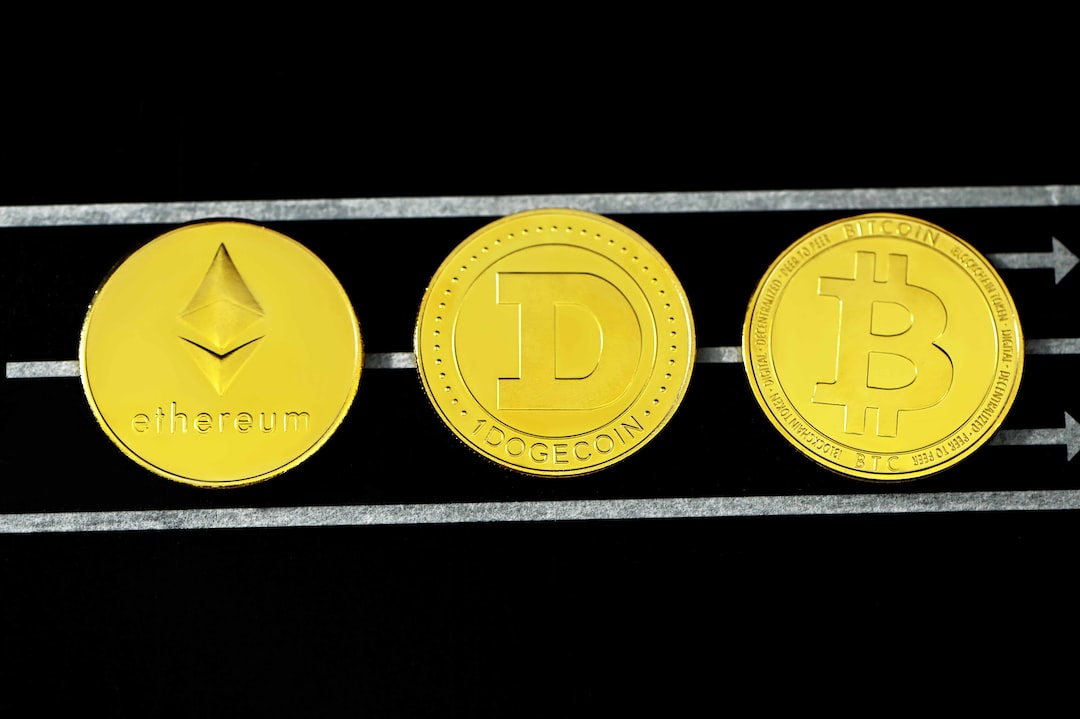Bitcoin Hashrate Reaches All-Time High
The Bitcoin network’s hashrate has reached a new peak, surpassing previous records. On October 12, the hashrate hit 447 exahashes per second, marking the highest level ever recorded. Bitinfocharts reports a slightly higher average figure of 481 EH/s. This increase in hashrate is good news for the security of the Bitcoin network but presents challenges for miners.
Pressure on Miners
The hashrate has climbed by 77% since the beginning of the year and by 170% since the peak of the bull market in November 2021. As a result, mining the next block on the chain has become more difficult than ever before. Additionally, the upcoming difficulty adjustment is expected to be as high as +7.4%. The difficulty level measures competition among miners and currently stands at an all-time high of 57.3T.
This combination of high hashrates and difficulty levels has resulted in decreased mining profitability, with hashprice falling to $0.06 per TH/s per day. This represents an 85% decrease since the bull market peak of $0.40 per TH/s per day. Miners are facing challenges due to high hash rates and difficulty, low asset prices, and high energy costs.
Predictions for Hashrate Drop
JPMorgan predicts that hash rates will drop by 20% after the next halving, which is expected to occur in late April or early May. This could further impact mining profitability and intensify competition among miners.
Influence of the United States
The United States currently holds the largest share of global hashrate at 40%. Additionally, asset management giant BlackRock has invested in several major Bitcoin mining firms. These include Riot Platforms, Marathon Digital, Cipher Mining, Hut 8, and Terawulf. The U.S. is actively participating in the hashrate war and aiming to secure dominance in this field.
Hot Take: Bitcoin Hashrate Reaches New Heights
The Bitcoin network has experienced a significant increase in hashrate, reaching an all-time high. While this is positive for network security, it poses challenges for miners who face intense competition. The rising hashrate and difficulty levels have led to decreased mining profitability. Additionally, predictions suggest that hash rates will decline after the next halving event. The United States holds the largest share of global hashrate and is actively investing in Bitcoin mining companies. As the hashrate war continues, it remains to be seen how miners will navigate these challenging conditions.





 By
By
 By
By
 By
By
 By
By

 By
By